Kansas City schools reopened as the influenza epidemic waned
On Dec. 30, 1918, Kansas City schools reopened as the influenza epidemic waned. The New Year came and…
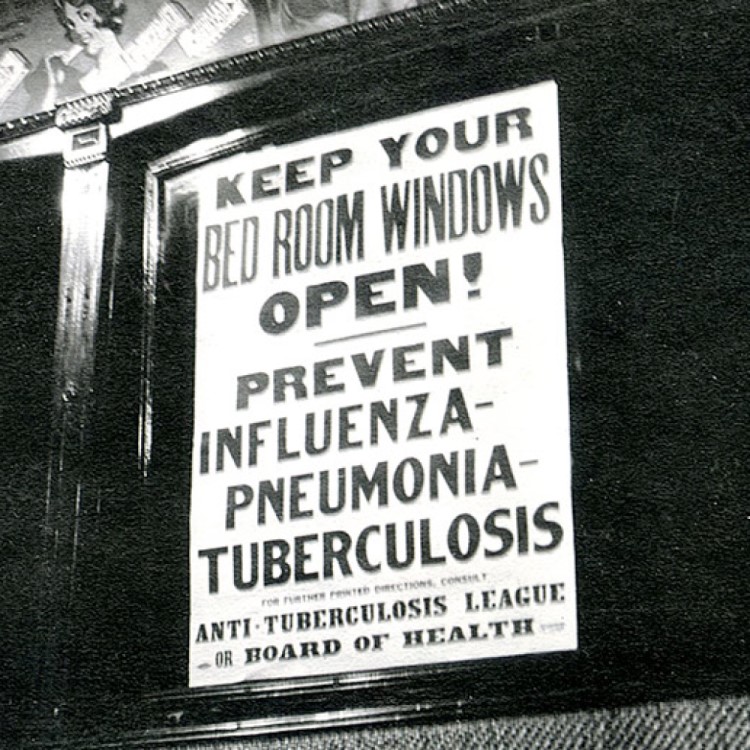
On Dec. 30, 1918, Kansas City schools reopened as the influenza epidemic waned. The New Year came and…
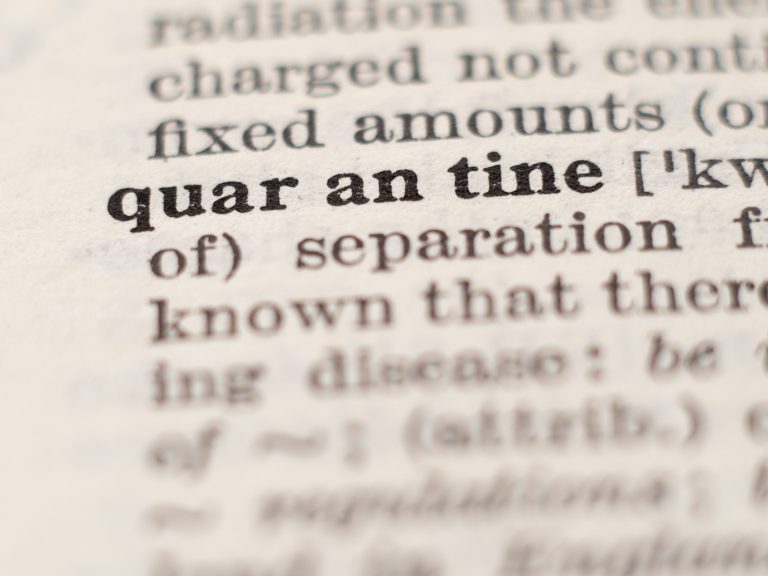
On Dec. 24, 1918, on Christmas Eve, with the epidemic across Nebraska still raging, the state Board of…
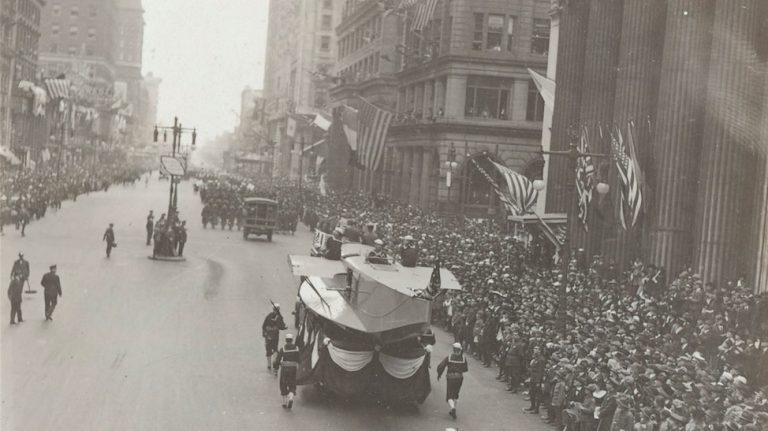
On Dec. 15, 1918, the number of new influenza cases per day in the city slowed to a…

On Dec. 12, 1918, following a second spike in influenza cases especially among schoolchildren, Louisville Health Officer Dr….
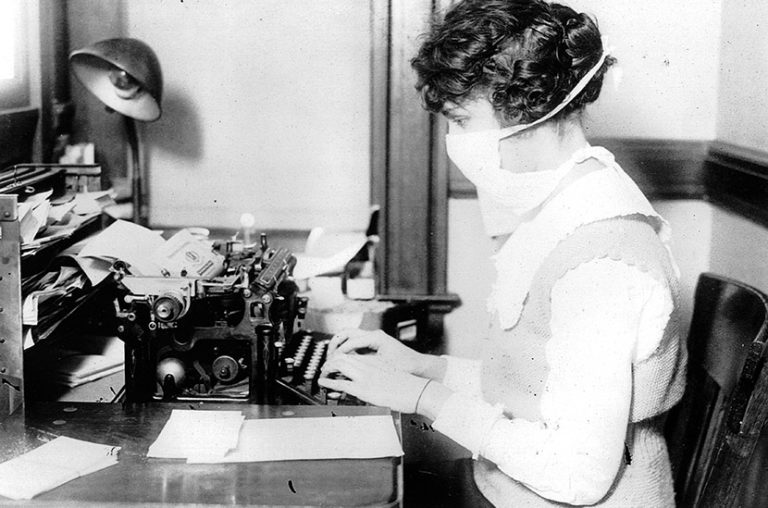
On Dec. 12, 1918, following an increase in influenza cases, Cincinnati Health Officer Dr. William H. Peters recommended…

On Dec. 10, 1918, following another increase in influenza cases among children, the Los Angeles Board of Education…
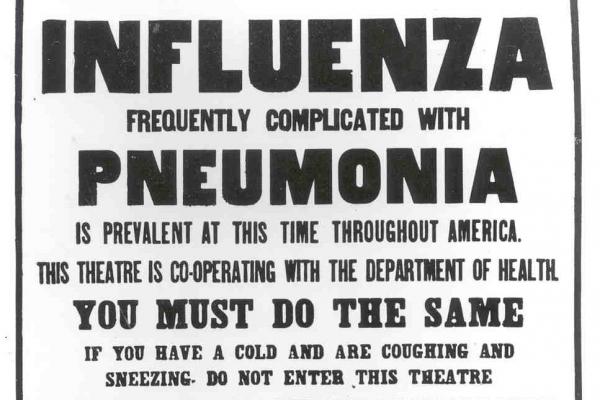
On Dec. 3, 1918, Minneapolis officials closed more schools due to a second spike in influenza cases among…
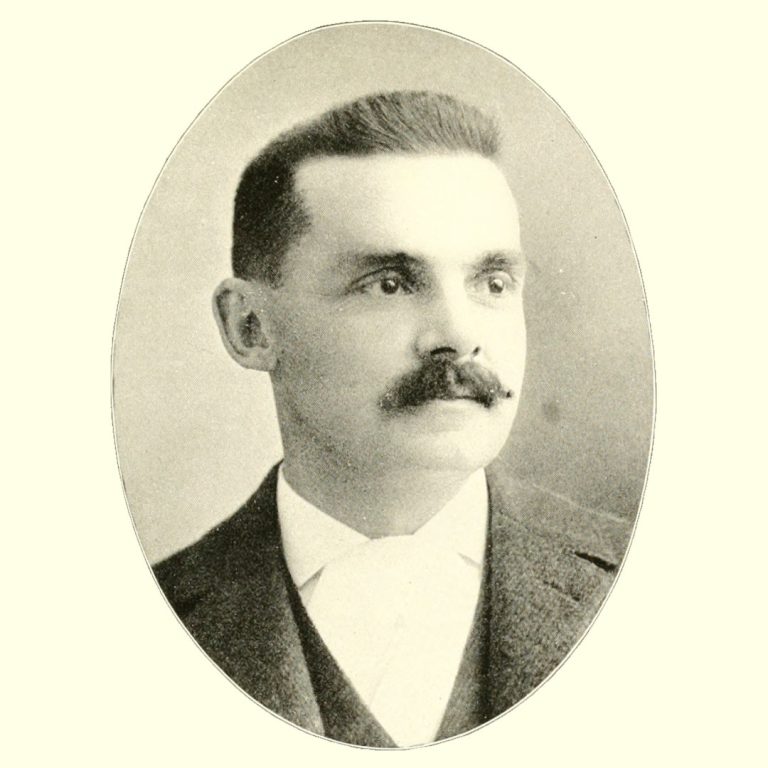
in 1919, thanks to Health Commissioner Dr. Max C. Starkloff’s strong leadership in the influenza epidemic, St. Louis…

On Dec. 1, 1918, following a lack of success in enforcement and compliance, the Denver mask order was…
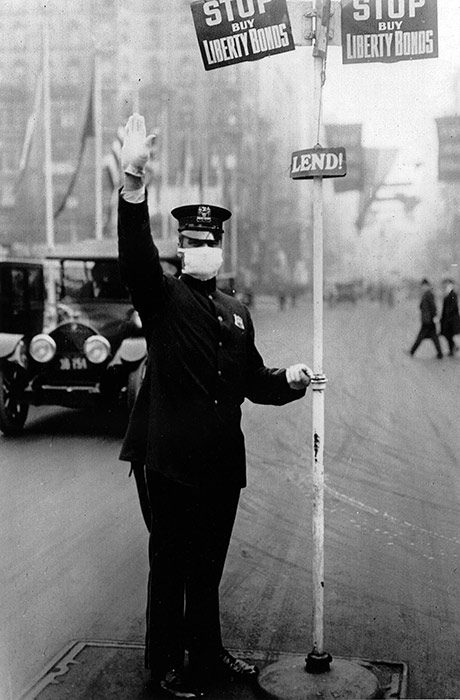
On Nov. 30, 1918, after having reopened schools earlier in the month, Kansas City closed schools again following…

On Nov. 27, 1918, after a spike in influenza cases including several children, St. Louis health commissioner Dr….
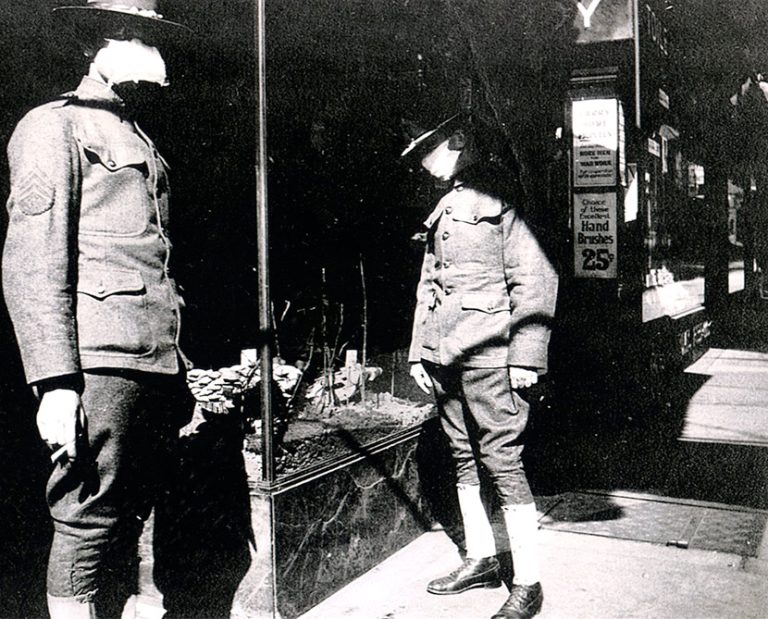
On Nov. 24, 1918, Washington, D.C. commissioners removed restrictions on business hours related to the influenza epidemic. Residents…
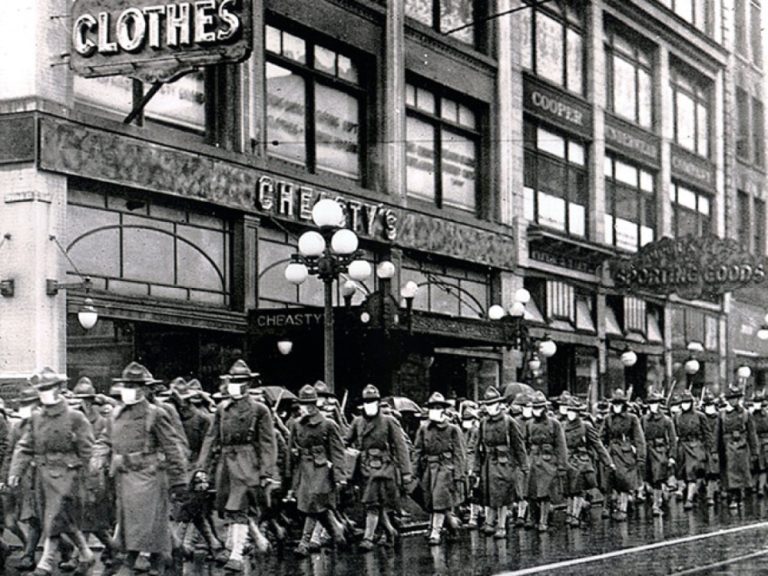
On Nov. 22, 1918, following an increase in influenza cases after the Armistice celebration on November 11, Denver…
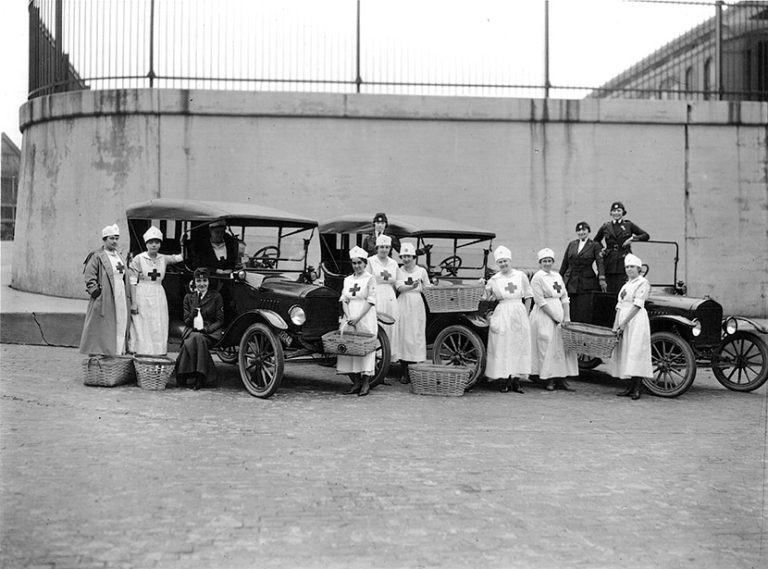
By Nov. 20, 1918, over 18,000 influenza cases had been reported to Detroit’s Department of Health, and almost…
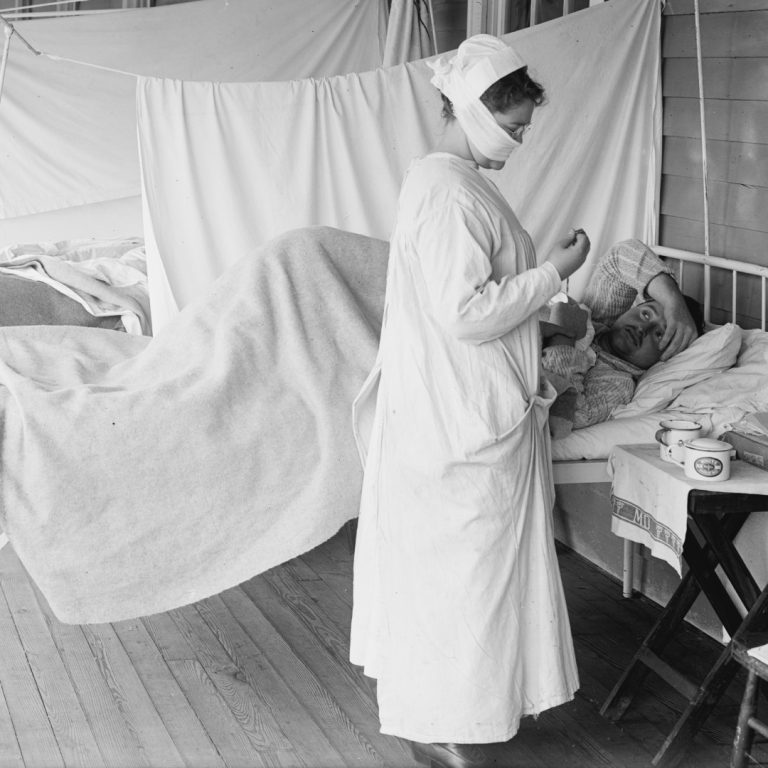
On Nov. 20, 1918, School officials were eager to reopen their classrooms. Salt Lake City business and community…

On Nov. 18, 1918, the Los Angeles Influenza Advisory Committee announced the end to the influenza ban, effective…

By Nov. 18, 1918, with New Orleans’s business and schools once again back to their normal operations, local…

On Nov. 15, 1918, Minneapolis and St. Paul’s influenza closure orders were lifted. Vaudeville and burlesque and movie…

By Nov. 13, 1918, St. Louis Health Commissioner Dr. Max C. Starkloff began lifting closures and bans over…

On Nov. 11, 1918, it was reported that influenza cases in Salt Lake City had dwindled enough that…
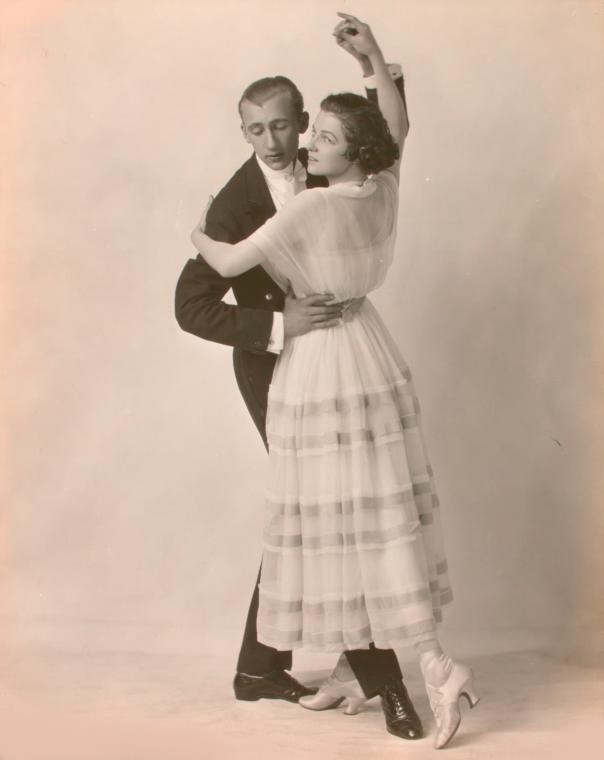
On Nov. 11, 1918, Albany’s theaters and schools reopened, signifying a return to normalcy after epidemic orders were…
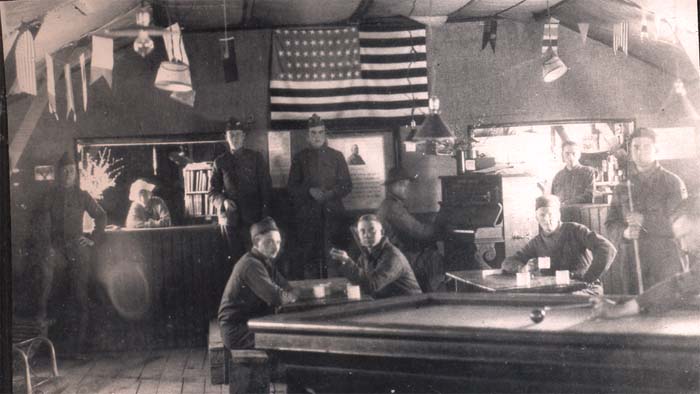
On Nov. 11, 1918, the Cincinnati Board of Health agreed to lift influenza-related restrictions. Theaters, movie houses, churches,…

On Nov. 9, 1918, in Pittsburgh, Director of the Department of Health Dr. W. H. Davis announced that…
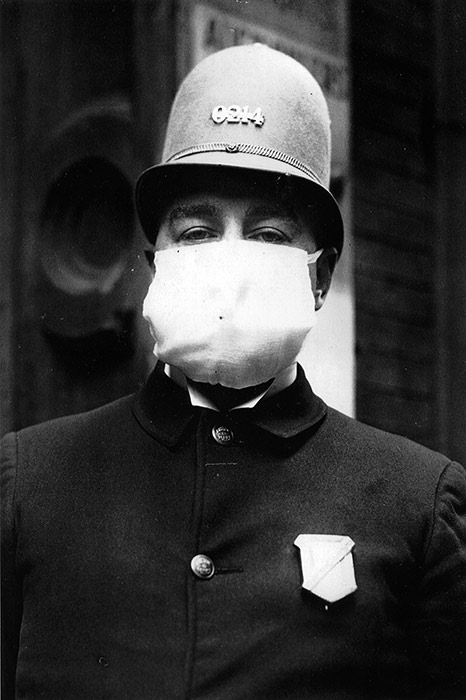
On Nov. 9, 1918, Los Angeles City Council enacted staggering hours to reduce crowding on streetcars to try…
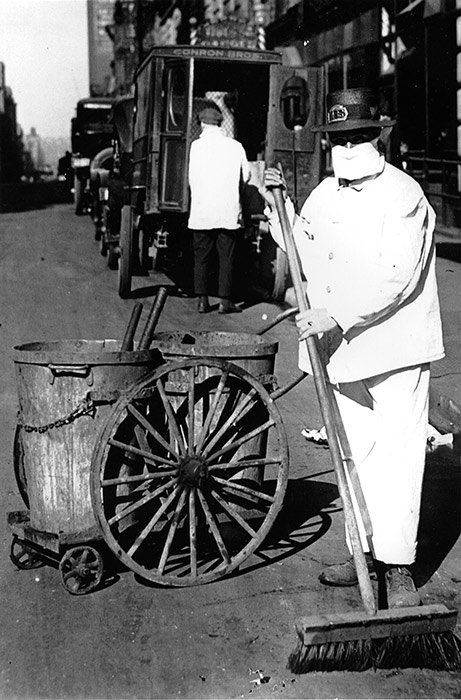
On Nov. 9, 1918, St. Louis Health Commissioner Dr. Max C. Starkloff ordered all non-essential voters, businesses, and…

On Nov. 6, 1918, following improved influenza case numbers, the Kentucky Board of Health lifted the closure order…
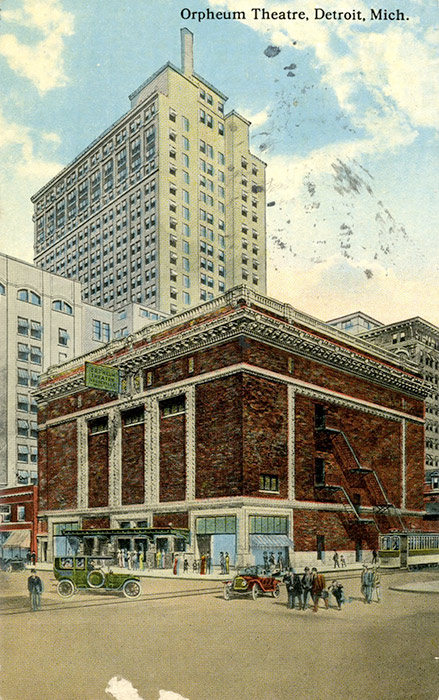
On Nov. 6, 1918, Detroit went ahead with its plan to lift the closure order and gathering ban…
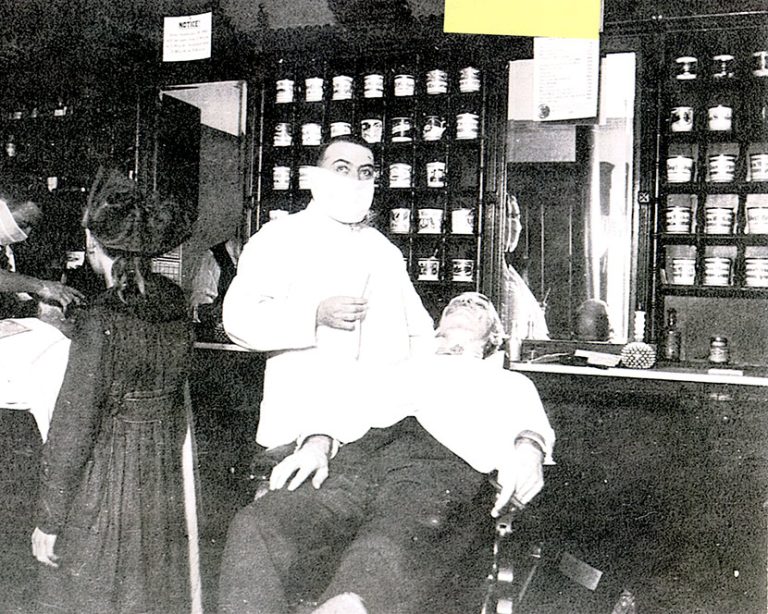
On Nov. 4, 1918, after a decline in the explosive influenza case numbers, Pennsylvania health officials lifted closure…

On Nov. 4, 1918, Birmingham schools reopened. Other schools in the county remained closed for the time being….
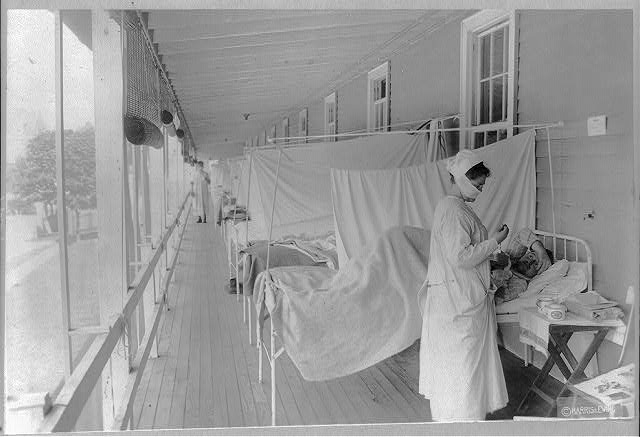
On Nov. 3, 1918, it was becoming clear to all that St. Paul’s influenza situation was not improving,…